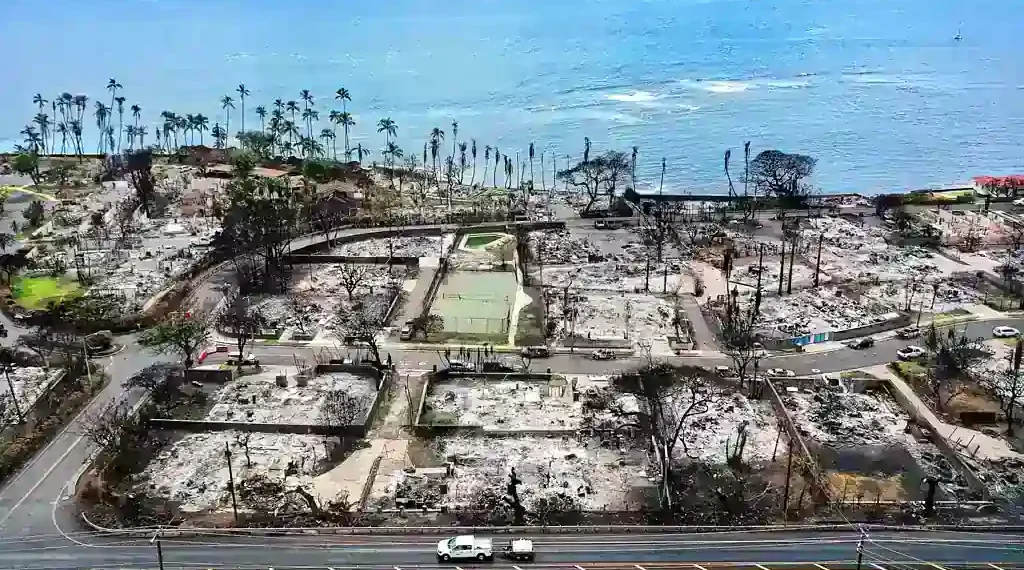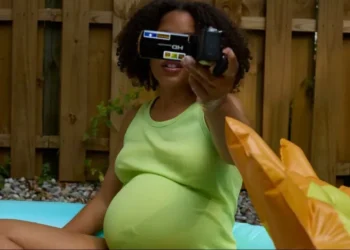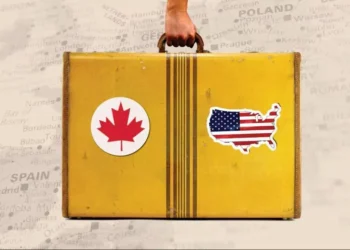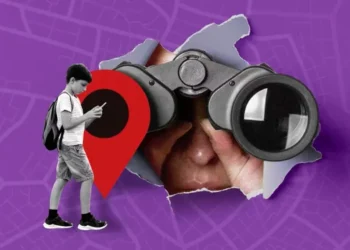When Should You Travel to a Destination Recovering from Disaster?
As hurricanes, floods, and wildfires intensify around the world, travelers are increasingly facing an ethical question: when is it appropriate to return to a destination recovering from a natural disaster? The answer, experts say, depends on a careful balance between safety, sensitivity, and community support.
Less than a week after Hurricane Melissa struck Jamaica, leaving 72% of residents without electricity and causing an estimated $6–7 billion in damages, the country’s tourism minister announced plans to reopen by mid-December — in time for peak tourist season.
But with thousands still displaced, many potential visitors are wondering: is it too soon?
Traveling After Disaster: A Growing Dilemma
The question of when to visit after catastrophe is not new — but it’s becoming increasingly urgent. As climate change drives more intense storms, floods, and wildfires, tourism-dependent economies must weigh the need for revenue against the emotional and physical recovery of residents.
Experts say travelers should evaluate whether their trip will help or hinder recovery efforts and how their presence might affect locals still coping with loss.
Is Your Visit Helping the Community?
Following Hurricane Maria in 2017, Puerto Rico reopened to tourists just three months after the storm. While the return of visitors brought economic relief, many locals — still without power or running water — felt anger and frustration.
“I think it left a bad taste in locals’ mouths,” said Mikey Cordero, co-founder of the Defend Puerto Rico Media Collective. “You’re enjoying what local people built, but it doesn’t trickle back down to us.”
Cordero emphasized that travelers should ensure their spending directly supports local communities, especially in regions dominated by all-inclusive resorts or cruise tourism, where profits often flow to corporations abroad.
Simple choices — like staying at locally owned accommodations, eating in neighborhood restaurants, and buying from small vendors — can help disaster-stricken communities recover faster and more equitably.
Are You Helping or Just Watching?
After Hurricane Katrina devastated New Orleans in 2005, a controversial wave of “disaster tours” emerged, bussing visitors past destroyed neighborhoods.
“There were still boats in trees and houses sitting on top of barges,” recalled Jason Bradberry, a longtime resident. Public backlash eventually led city officials to ban tours in the worst-hit areas, such as the Lower Ninth Ward.
“No one wants to be cleaning out the remnants of their family home while a tour bus drives by,” said Kelly Schultz, senior vice president at New Orleans & Company, whose own family lost their house during the storm.
However, Schultz noted that another kind of visitor made a genuine difference: voluntourists. “We had college students who came here for spring break to help rebuild churches and schools,” she said. “You could be on a beach, but you chose to come gut somebody’s home.”
Schultz added that welcoming back visitors who respected the recovery process helped preserve the city’s cultural identity. Campaigns like “Soul is Waterproof” highlighted New Orleans’ resilience through its music, cuisine, and traditions.
Organizations such as the Red Cross, Habitat for Humanity, and local community groups continue to offer volunteer opportunities for those who want to contribute rather than simply observe.
Are You Listening to the Locals?
In 2023, wildfires tore through Maui, destroying large portions of Lāhainā and displacing thousands. Hawaiian officials quickly called for a temporary halt to tourism to ensure that resources could focus on residents.
“The moratorium lasted about a week,” explained Ilihia Gionson of the Hawaii Tourism Authority, “but the key was that locals played a central role in deciding when and how to reopen.”
Officials conducted a rapid needs assessment, revealing that over a third of affected residents cited financial or housing instability as their top concern. With nearly 60,000 jobs tied to visitor spending, the recovery plan emphasized restoring tourism — but only in a way that respected those still rebuilding.
Visitors were discouraged from entering devastated neighborhoods and instead encouraged to support local businesses and donate to relief efforts.
“The outpouring of aloha was heartwarming,” Gionson said. “People from around the world offered help, donations, and expertise.”
So How Soon Is Too Soon?
There’s no single timeline for when a destination should reopen after a disaster. Experts agree that decisions should hinge on transparent communication, community input, and visitor sensitivity.
Before booking a trip to a recovering area, travelers should ask:
Is the local infrastructure ready for visitors?
Will my visit provide economic support or strain limited resources?
Am I respecting local requests and boundaries?
Can I volunteer or contribute to recovery efforts?
As Gionson notes, the goal is to ensure that reopening tourism benefits everyone — not just visitors. Respectful travel, he says, should align with the community’s recovery needs, not compete with them.
Ultimately, “how soon is too soon” depends less on the calendar and more on how visitors choose to show up — with empathy, awareness, and a willingness to help rebuild.
This article was rewritten by JournosNews.com based on verified reporting from trusted sources. The content has been independently reviewed, fact-checked, and edited for accuracy, tone, and global readability in accordance with Google News standards.
Stay informed with JournosNews.com — your trusted source for verified global reporting and in-depth analysis. Follow us on Google News, BlueSky, and X for real-time updates.
JournosNews.com follows Google News content standards with original reporting, verified sources, and global accessibility. Articles are fact-checked and edited for accuracy and neutrality.











